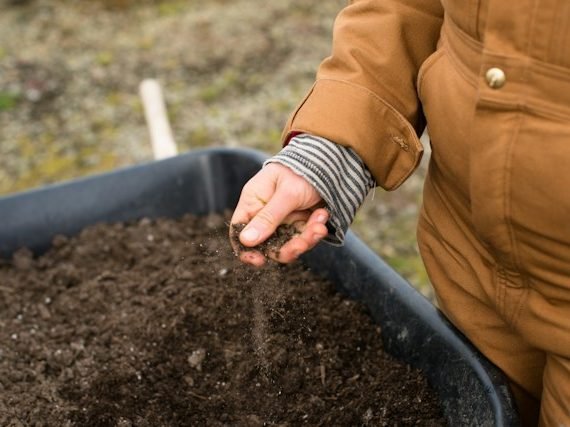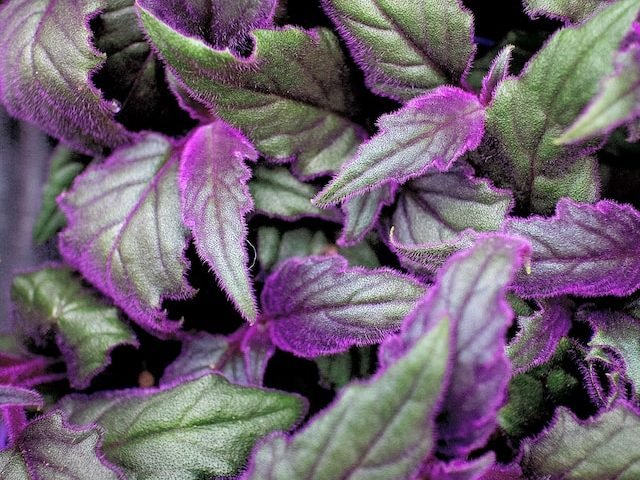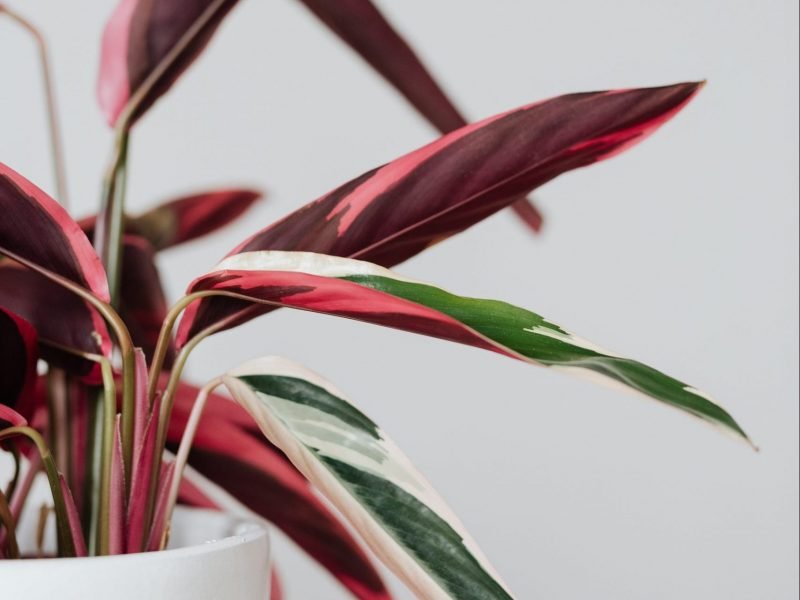
Bird’s Nest Ferns are a pretty unique houseplant as they are known for being able to actually grow on top of other plants (hence the name). They definitely aren’t totally low-maintenance houseplants and one of the most common problems that can develop is curling leaves. This is often one of the earliest signs that something isn’t quite right so hopefully, you’ve caught the problem early which makes it a lot easier to fix.
Below we will go through each of the most common causes of curling leaves on a Bird’s Nest Fern as well as detail how to fix and prevent the issue.
Underwatering can cause curling leaves on a Bird’s Nest Fern
Too little water is often the number one cause of curling leaves on a Bird’s Nest Fern. Although they need their soil to dry out between waterings, if left without water for several weeks it will start to damage the health of your Fern.
Confirm the issue by removing your plant from its pot and inspecting the soil and root system. If you find that your plant’s soil is bone dry and the roots have started to crisp up, then underwatering is probably what is causing the curling leaves.
To fix the issue, you want to avoid drowning your plant in water as this can either cause shock (if the environment goes from one extreme to the other) or the water will just run out of the drainage holes without actually soaking into the root system.
Instead, you want to soak your Bird’s Nest Fern for about 10 minutes so that the plant can take in as much water as it wants without the risk of waterlogged soil. Let it drip dry and then water a little bit every other day for a week. This will ensure the soil and roots become gradually moistened.
Going forward, adjust your watering schedule so that you are either not forgetting to water, or adjusting your schedule so that you are watering more deeply or more often than before.
Overwatering could also be to blame
Whilst overwatering can have some severe effects on Bird’s Nest Ferns and other houseplants, curling leaves are often an early warning sign that things aren’t going well. This can appear alongside leaf loss and yellow leaves as the issue progresses so look out for these symptoms as well.
As we mentioned above, Bird’s Nest Ferns like their soil to dry out and don’t deal so well with waterlogged potting mix. They need a well-draining mix and you should only water them if the top few inches of the soil are dry to touch (if you are top watering). If you water from the bottom up then you want to monitor the soil moisture using the lifting method, chopstick method or by using a moisture meter.
It’s important that you diagnose the issue of overwatering quickly as it’s quite a fast-spreading issue and if it progresses too far, it can cause plant death. So to confirm that is what is causing the curling leaves on your Bird’s Nest Fern, you need to check the soil moisture.
Remove your plant from its pot and check for root rot and waterlogged soggy soil. If the roots have started to rot they will be mushy and appear very dark in colour. Healthy roots however are pale (when the potting mix is removed) and firm to touch. If you find the root system has started to rot, trim away the infected parts and add fresh potting mix.
Moving forward, to prevent the curling leaves and other problems arising from overwatering, adjust your watering schedule so that you are either watering less frequently or less deeply. Either will help give your Bird’s Nest Fern enough time to dry out.
Low humidity levels could be to blame
Bird’s Nest Ferns like quite humid environments as they are native to tropical areas. This means they can struggle in homes with dry air. Whilst this won’t cause a serious problem to appear from one day to the next, if the issue is ongoing you’ll start to notice the issue slowly progressing. Alongside curling leaves, you will also often see brown dry leaf tips and edges.
Use a humidity monitor to confirm that dry air is causing the curling leaves. Then to treat the issue, start off by misting your Bird’s Nest Fern every few days (or every day if the issue is quite severe) with a spray bottle.
We also recommend every plant parent should own a humidifier as these are the most reliable way to tackle issues caused by dry air. They are affordable little devices that make it super easy to keep a more consistent increased humidity level.
Curling leaves can also suggest cold temperatures
Native to tropical regions, Bird’s Nest Ferns love warmth and can really struggle is exposed to cold air and cold drafts. In winter, make sure that your Bird’s Nest Fern isn’t near any drafty windows or external doors as the cold air flow from outside can slowly cause real issues for your plant without you realising it. But it’s not just the cold months that you need to watch out for as AC vents can be quite harmful to your plant if it is sitting close to the stream of cold air.
Luckily diagnosing the issue couldn’t be simpler as you just need to pick up a digital thermometer to help you monitor the temperature and spot any fluctuations. Then if necessary move your Bird’s Nest Fern to a more suitable spot in your home.
Those are the most common factors that can lead to curling leaves developing on your Bird’s Nest Fern. Once you have successfully diagnosed the cause and started to make changes to either the environment around your plant or your care routine, it’s important that you keep a close eye on your plant. This will ensure that you can check things are moving in the right direction and that there aren’t any other issues or signs of unhappiness that are cropping up.
Check out our Bird’s Nest Fern care guide to discover more about how to keep your plant thriving and happy.















